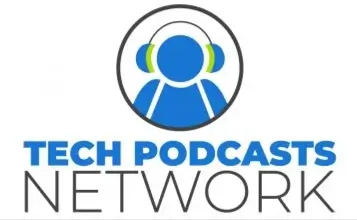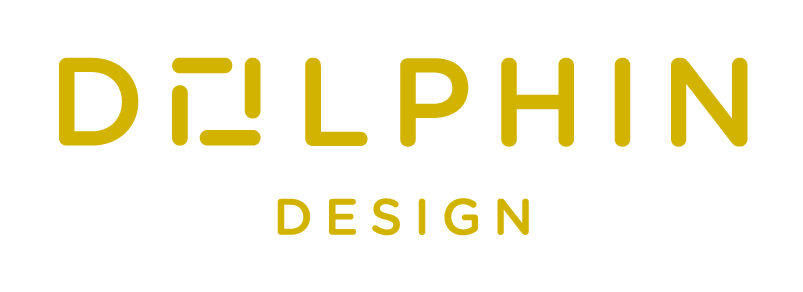 Video communication has become an integral part of our lives, especially in recent times when remote work and virtual meetings have become the norm. However, traditional video calls and presentations often lack the engagement and connection that comes with in-person interactions. That’s where Nimagna, a Swiss startup, comes in, revolutionizing video communications with the power of artificial intelligence (AI).
Video communication has become an integral part of our lives, especially in recent times when remote work and virtual meetings have become the norm. However, traditional video calls and presentations often lack the engagement and connection that comes with in-person interactions. That’s where Nimagna, a Swiss startup, comes in, revolutionizing video communications with the power of artificial intelligence (AI).
Revolutionizing video communications with AI
Nimagna, founded by Stephan Stadler, a computer science expert with a background in computer graphics, aims to bring the capabilities of professional TV broadcasts to video communications for everyone. Stadler’s previous company, LibraVision, was responsible for the graphics seen on ESPN and Fox Sports broadcasts. Now, with Nimagna, he is applying his expertise in visualization and camera analysis to transform video communications.
The goal of Nimagna is to eliminate the dullness and lack of engagement in video presentations. Stadler understands that when using platforms like Zoom or Teams for presentations, the presenter often becomes small on the screen, losing the human connection with the audience. Nimagna’s solution is to create an immersive and captivating video experience without the need for extensive setups or gear.
How Nimagna’s software works
Using AI, Nimagna’s software allows users to be cut out of their background environment and placed on a three-dimensional virtual stage. This stage can be augmented with various content, such as PowerPoint slides, images, and videos. The movements and transitions on this virtual stage are all controlled by AI, creating a dynamic and visually appealing presentation. What’s remarkable is that this can be achieved with just two static cameras, eliminating the need for expensive pan-tilt-zoom cameras.
The output of the Nimagna software appears as a webcam, making it compatible with popular video conferencing platforms such as Teams, Zoom, and Webex. Users can also use their favorite recording devices to capture the content. The software enables live streaming of presentations during video calls and allows users to record and share their content on social media platforms or professional networks like LinkedIn.
The quality of the Nimagna software’s output is a key focus for the company. As computer graphics experts, they strive to deliver high-quality visuals. While there may be some pixelation or artifacting, especially in more challenging environments, the software generally provides a solid and visually appealing experience. The founders acknowledge that achieving pixel-perfect quality similar to what is seen on professional broadcasts is challenging but state that for 99% of use cases, Nimagna’s output is more than sufficient.
The possibilities are literally endless
The possibilities that Nimagna presents are truly game-changing. It allows individuals and organizations to have access to the kind of professional studios and setups that were once only available to big-budget productions. The ability to create visually stunning presentations and engage audiences on a deeper level opens up new opportunities for businesses, educators, and content creators.
Imagine being able to stand inside a multi-million dollar studio, controlling the virtual stage with AI, and delivering a presentation that captivates your audience. Nimagna’s technology makes this possible, democratizing video communications and empowering individuals to create high-quality content without the need for extensive resources.
Conclusion: Nimagna makes presentations more engaging
In conclusion, Nimagna’s AI-powered video communication technology is revolutionizing the way we engage with virtual presentations. By bringing professional-grade capabilities to everyone, Nimagna empowers individuals and organizations to create visually stunning and engaging content. As we continue to navigate the world of remote work and virtual interactions, innovations like Nimagna’s offer a glimpse into the future of video communications.
The software is available today for Windows and macOS. The company offers a few pricing options starting at free and going up to Enterprise licensing for large corporations and more custom needs. To learn more or download the software, head over to their website.
Interview by Scott Ertz of F5 Live: Refreshing Technology.
Get $5 to protect your credit card information online with Privacy.
Amazon Prime gives you more than just free shipping. Get free music, TV shows, movies, videogames and more.
The most flexible tools for podcasting. Get a 30 day free trial of storage and statistics.
Podcast: Play in new window | Download
Subscribe: Apple Podcasts | RSS | More

 Intuition Robotics is a company that has created an AI-driven companion named
Intuition Robotics is a company that has created an AI-driven companion named  Real-time database integration has become essential in today’s data-driven business environment, offering the capability to access and analyze data promptly. However, integrating databases with customer relationship management (CRM) systems has historically been complex and time-consuming, demanding extensive coding and development efforts. Real-time data integration has emerged as a revolutionary concept reshaping the business landscape. Leading this transformation is
Real-time database integration has become essential in today’s data-driven business environment, offering the capability to access and analyze data promptly. However, integrating databases with customer relationship management (CRM) systems has historically been complex and time-consuming, demanding extensive coding and development efforts. Real-time data integration has emerged as a revolutionary concept reshaping the business landscape. Leading this transformation is  AI-powered dog tracking and feeding is a revolutionary technology that aims to help dog owners better understand and care for their pets. This technology, developed by
AI-powered dog tracking and feeding is a revolutionary technology that aims to help dog owners better understand and care for their pets. This technology, developed by 
 Ultra-low-power AI chips can revolutionize the way companies build IoT smart devices and power artificial intelligence capabilities. In this conversation, Vincent Huard, the CTO of
Ultra-low-power AI chips can revolutionize the way companies build IoT smart devices and power artificial intelligence capabilities. In this conversation, Vincent Huard, the CTO of 
 Nearly every industry uses machinery. The success of those machines is crucial to the functioning of the business in that industry. For example, everything that is mass-produced has a failure rate. Machines that are used for any period could fail. Being able to test machinery to ensure proper behavior is essential. EXANODIA is automating the process of testing machines to prevent future issues.
Nearly every industry uses machinery. The success of those machines is crucial to the functioning of the business in that industry. For example, everything that is mass-produced has a failure rate. Machines that are used for any period could fail. Being able to test machinery to ensure proper behavior is essential. EXANODIA is automating the process of testing machines to prevent future issues. In modern society, one of the few constants is stress. Whether it’s a big presentation at work, a growing family, financial concerns, or even a business trip to Las Vegas for CES, stressors are everywhere. Our bodies respond to this stress in a few ways, including by releasing certain hormones into the body. Being able to measure and track these hormones can help you track and properly respond to the stressors we live through every day. Nutrix AG has a sensor to do just that.
In modern society, one of the few constants is stress. Whether it’s a big presentation at work, a growing family, financial concerns, or even a business trip to Las Vegas for CES, stressors are everywhere. Our bodies respond to this stress in a few ways, including by releasing certain hormones into the body. Being able to measure and track these hormones can help you track and properly respond to the stressors we live through every day. Nutrix AG has a sensor to do just that. If you’ve ever worked in retail as a salesperson or clerk, you know that there are tricks to get the barcode scanners to read certain products. If you’ve ever used a self-checkout lane at a store, you likely don’t know those tips and tricks, making the experience less than ideal. However, self-checkout is here and not going anywhere, so how do we make the process easier?
If you’ve ever worked in retail as a salesperson or clerk, you know that there are tricks to get the barcode scanners to read certain products. If you’ve ever used a self-checkout lane at a store, you likely don’t know those tips and tricks, making the experience less than ideal. However, self-checkout is here and not going anywhere, so how do we make the process easier?